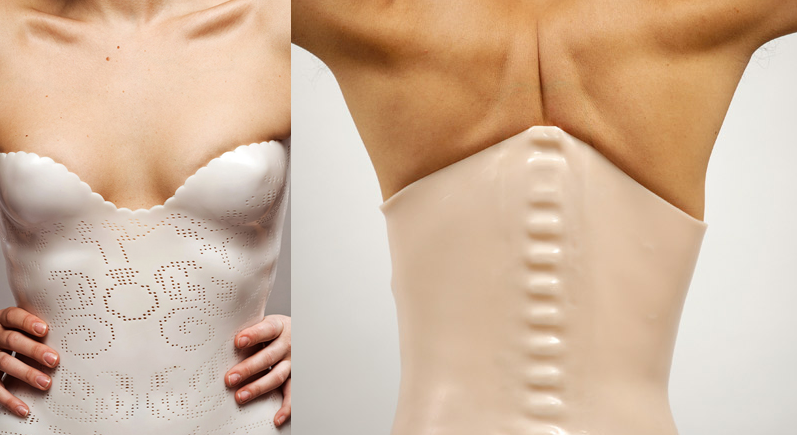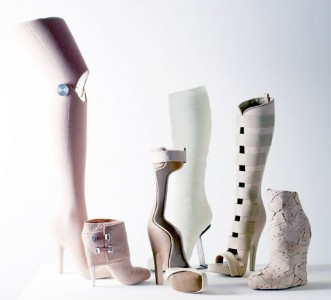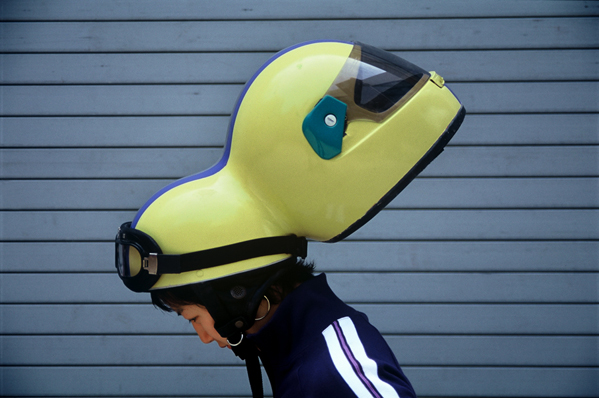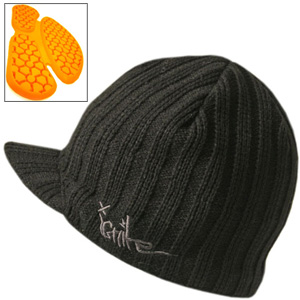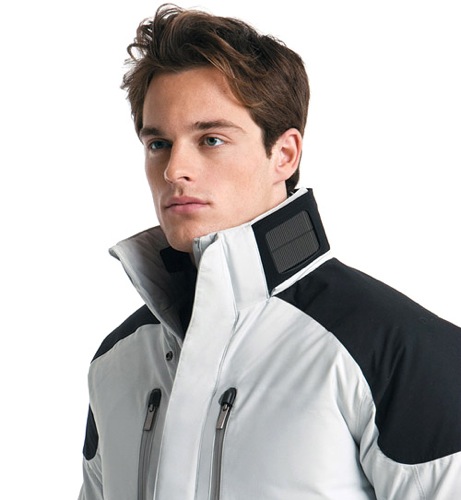 One of the biggest challenges for personal computing devices, especially with wearable technology, is power. It's difficult to obtain and it's expensive and bulky to store. So, I'm always on the quest to find alternative sources of power.
One of the biggest challenges for personal computing devices, especially with wearable technology, is power. It's difficult to obtain and it's expensive and bulky to store. So, I'm always on the quest to find alternative sources of power.
One of the most readily available resources is the sun and there have been a variety of explorations into solar cells and panels. The problem with solar, although improving, is twofold: (1) the current can sometimes be abysmal to obtain along with the wattage, (2) most of the options for solar panels that are currently available and that generate enough power are large, bulky, and expensive. Not ideal for a soft and flexible moving garment.
With those limitations, some attempts have been made such as the eclipse solar bags. But they look as though someone slapped a large bulky solar panel on the side of a standard bag. Little attempt was made to truly integrate the technology into the product or garment. Even worse, are the solar bags from Treehugger. If you've ever carried one around, although technologically functional, they are heavy, bulky and seems to be void of any fashion consideration whatsoever.
One garment that has potential is the Zegna Ski Jacket that incorporates solar panels into the collar. What I like about this is the attempt to integrate it into the design of the garment and the implied gesture of "popping your collar" to expose the panels and activate them. However, I'm not sure that this is the right gesture for ski culture.
Overall, garments that sense and react should leverage the natural gestures implied by the garment, its culture, and its context so that they feel like second nature as you are wearing them as your second skin. Zegna does a good job encorporating a technology that is challenging and limiting into a functional fashion line.
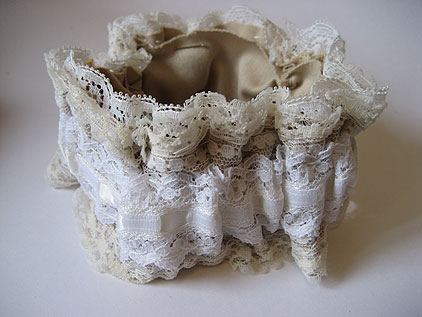 Kathryn Bauer, a recent graduate of New York University's ITP program, presented a project for her master's thesis, titled Ovu, The project tracks and detects fertility easily and fashionably.
Kathryn Bauer, a recent graduate of New York University's ITP program, presented a project for her master's thesis, titled Ovu, The project tracks and detects fertility easily and fashionably.